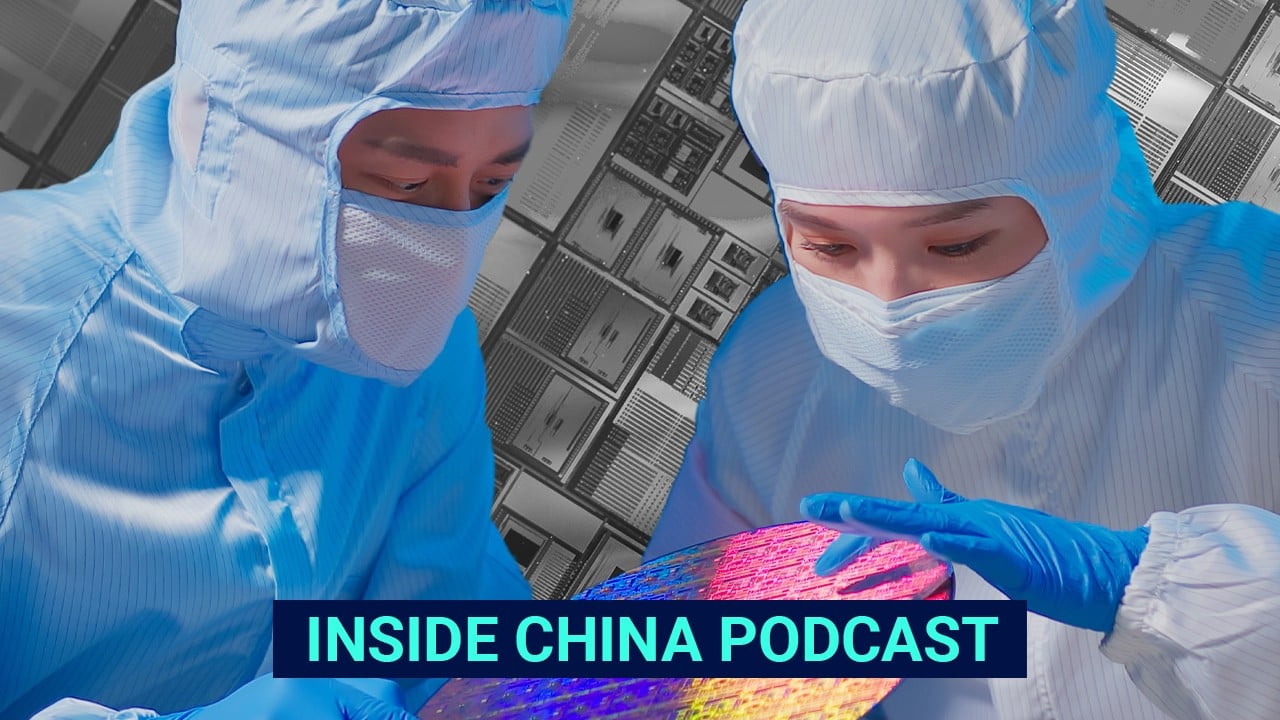
China’s chip imports decline 15% in first nine months of 2023 as the country braces for a new round of US tech export controls
- The number of chips that China imported from January to September reached 355.9 billion units, down from 416.7 billion in the same period in 2022
- The total value of semiconductors imported by China in the past three quarters fell 19.8 per cent year on year to US$252.9 billion
The number of integrated circuits (ICs) that China imported from January to September reached 355.9 billion units, down from 416.7 billion in the same period last year, according to data published by the General Administration of Customs on Friday.
The total value of IC imports in the past three quarters fell 19.8 per cent year on year to US$252.9 billion, which marked an improvement from the 26.7 per cent drop in value in the first three months of the year. By comparison, the value of China’s overall imports saw a 7.5 per cent decrease in the same nine-month period.
In the first three quarters of 2022 when there was tightness in the global semiconductor supply chain, China’s IC imports dropped 12.8 per cent in volume, but saw a 1.5 per cent increase in value.
This year’s IC import trend for China shows a modest improvement over the past several months. The volume of chips imported in the first eight months of the year saw a 15.1 per cent decline, compared with a 16.8 per cent drop in the first seven months and 18.5 per cent decrease in the first six months.
That reflects the quandary many Chinese tech firms find themselves in, as they continue to pursue development projects amid stifling export restrictions imposed by Washington and its allies.
US eyes more AI chip curbs on Chinese companies to close loophole
The efforts to tighten semiconductor export restrictions show how Washington has been struggling to cut China off from top AI technology and how difficult it is to plug every gap in trade controls, the report said.
Customs data showed that China’s total imports from South Korea plunged 23 per cent in the first three quarters, marking the steepest drop among the country’s major trade partners. Imports from Japan and Taiwan slumped 16.3 per cent and 20 per cent, respectively.


